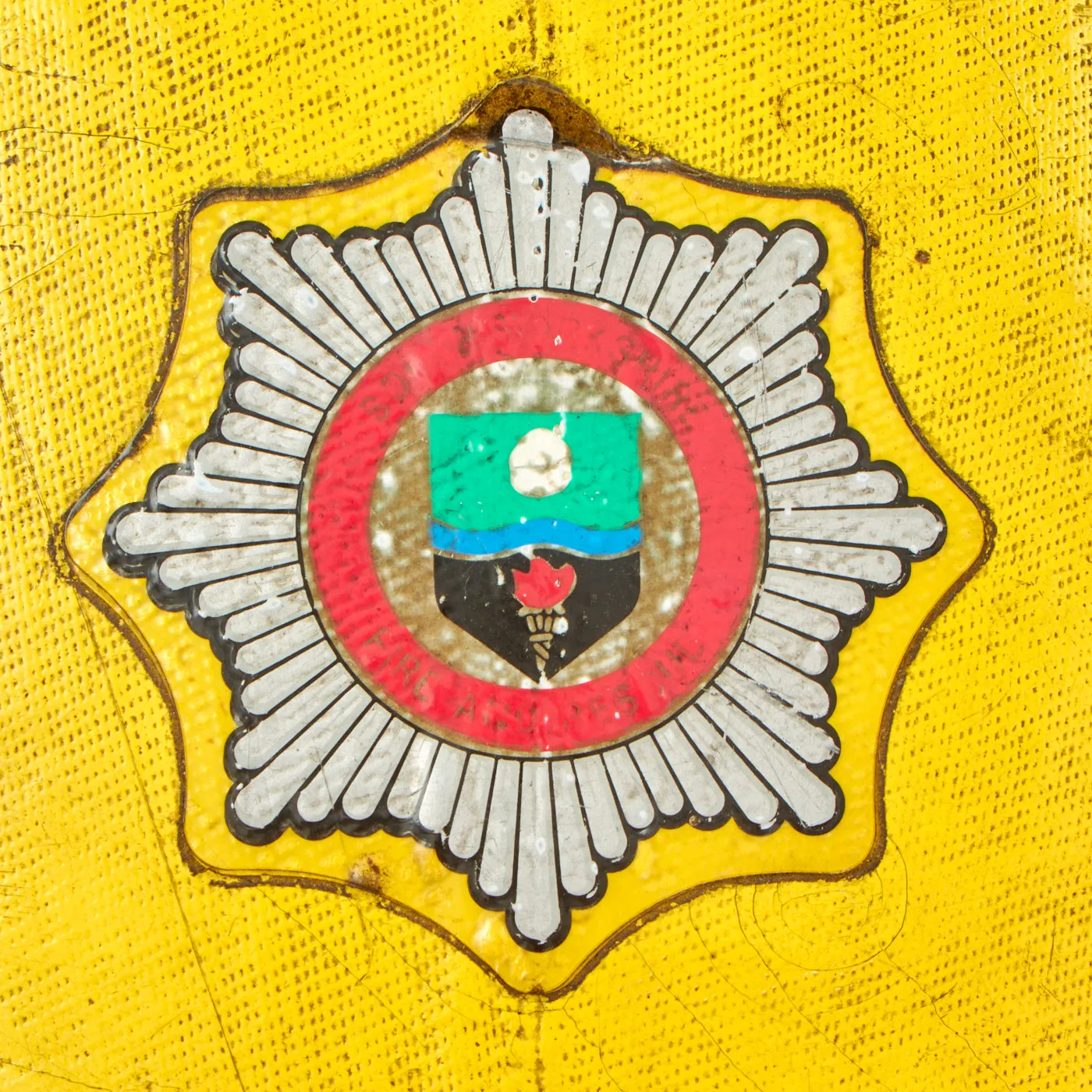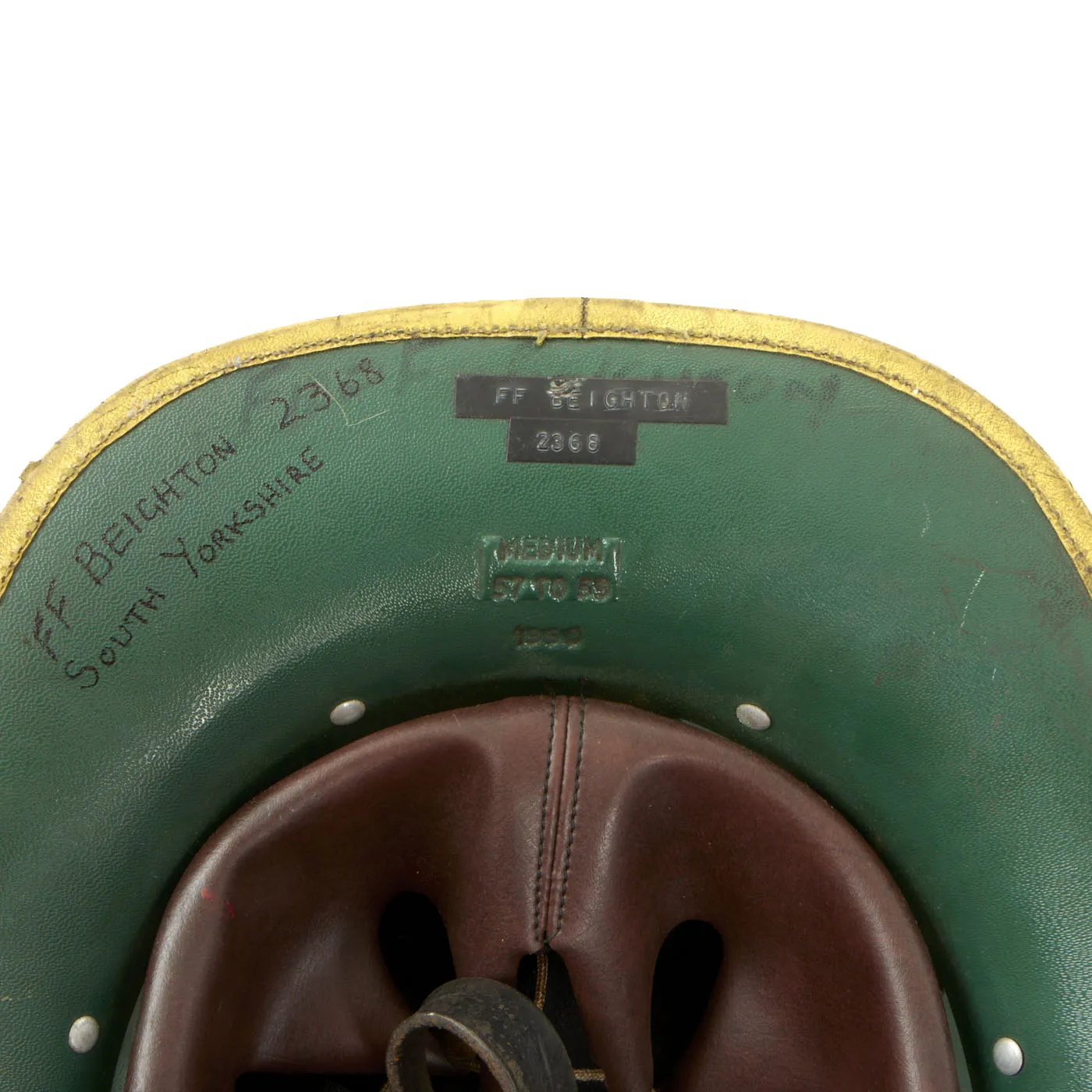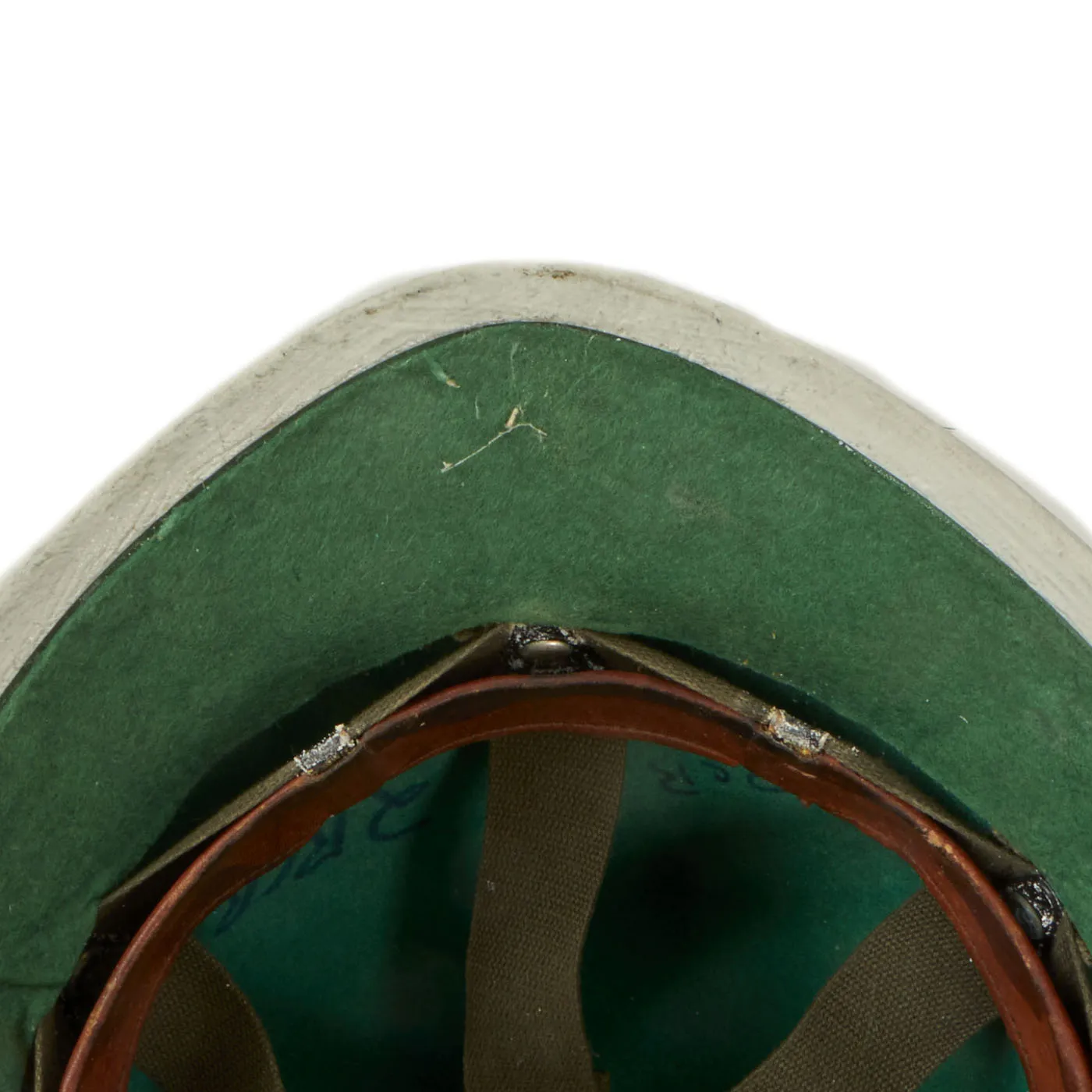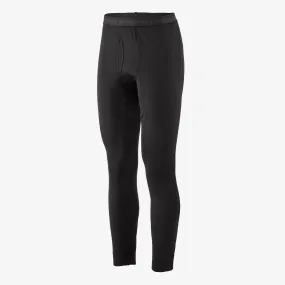Original Items: Only One Set of 2 Available. Formerly part of the decoration of the Yeoman Warder’s Club at the Tower of London comes these contemporary (Circa 1990s-2000s) Royal Canadian Regiment Pith Helmet and British South Yorkshire Fire Brigade Helmet, both of which are named.
The Royal Canadian Regiment Wolseley Pattern Pith Helmet
The Wolseley pattern helmet is a distinctive British design developed and popularised in the late 19th and early 20th century. It was the official designation for the universal sun helmet worn by the British Army from 1899 to 1948 and described in the 1900 Dress Regulations as "the Wolseley pattern cork helmet". With its swept-back brim it provided greater protection from the sun than the old Colonial pattern helmet, and its use was soon widespread among British personnel serving overseas as well as some Canadian units.
This Helmet belonged to Warrant Officer Mike Molen who served with India Company, 2nd Battalion of The Royal Canadian Regiment, based out of Gagetown in Southern New Brunswick. His rank, name, company and battalion can be found written on the inside of the dome of the helmet on the green felt lining. This helmet features the distinctive red cloth puggaree around the outside of the helmet. The term ‘puggaree’ originates from the Hindu word, ‘Pagri,’ meaning a turban or thin scarf of muslin. Intended for insulation, the puggaree was a traditional Indian head-wrap, adapted by the British for headdress worn in hot, sunny regions.
On the front of the helmet, affixed to the puggaree is an eight-pointed diamond cut star; upon the star a raised circle surmounted by the crown; within the raised circle, the block letters "VRI", the Imperial Cypher of Queen Victoria. The letters VRI on the cap badge of The RCR stand for Victoria Regina Imperatrix, which is Latin for "Victoria, Queen and Empress". The right to wear the imperial cypher and crown was granted to the regiment by Queen Victoria in 1893.
When a royal or imperial cypher forms part of the badge of a regiment it is normal for it to change with each succeeding sovereign. During the period 1901 to 1919, the officially authorized versions of the regiment's cap badge were those with Edward VII's and George V's cyphers, although the regiment continued to use the "VRI" ensigned badges throughout this time while petitioning for their formal return. In 1919, George V granted The Royal Canadian Regiment permission to wear "VRI" in perpetuity – a unique privilege.
On top of the helmet is a brass Pickelhaube style spike and base which are secured by a threaded post from the spike, through the base and top of the helmet being secured and tightened down by a wingnut on the inside. The liner is very similar to the M1 suspension liner and fixed to the helmet in the same manner with the “A” washers. There are some sweat stains on the leather but does not show signs of any damage. A beautiful example of Cold War era RCR helmet.
The Royal Canadian Regiment (The RCR) is an infantry regiment of the Canadian Army. The regiment consists of four battalions, three in the Regular Force and one in the primary reserve. The RCR is ranked 1st in the order of precedence amongst Canadian Army infantry regiments, but in a quirk of the rules of seniority, its 4th battalion is 9th.
The RCR was originally authorized as the Infantry School Corps on 21 December 1883, and established its first three company stations at Fredericton, New Brunswick; St Jean, Quebec; and Toronto, Ontario. In 1887 a fourth company was authorized and the next year was established at London, Ontario. Now consisting of three Regular Force battalions and one Reserve Force battalion, the regiment's four battalions are now stationed in Ontario and New Brunswick. With many of its soldiers drawn from Ontario and the Atlantic Provinces in recent decades, the regiment maintains a general connection as the "local" infantry regiment for anglophone eastern Canada.
The RCR maintains a Regimental Headquarters (RHQ) in Petawawa, Ontario, which has no operational command role but handles regimental affairs outside the responsibility of the individual battalions. The Royal Canadian Regiment Museum is located within historic Wolseley Hall in London, Ontario. Wolseley Barracks in London has been continuously occupied by some element of the regiment since construction of Wolseley Hall was completed in 1888. At various times Wolseley Barracks has been the home of the Regimental Headquarters, the 1st and 2nd Battalions, and remains the home of the 4th Battalion today.
Beighton, South Yorkshire, England Fire Brigade Helmet - Dated 1990
The helmet is a 1990 dated Cromwell F135 “County” helmet and is of laminated cork construction. The helmet retains most of its original yellow paint, but it does show some cracking, which is expected. The laminated “sticker” type badge on the front is for the South Yorkshire Fire and Rescue. It consists of an eight-pointed diamond cut star with a red circle, which normally has the text South Yorkshire / Fire and Rescue displayed in it, but unfortunately has worn away. Inside the circle is the shield for SYFR which has a white rose of York on the top with a green background and a torch on the bottom of the shield with a black background. The inside of the helmet is painted green and has an internal suspension system and leather chinstrap. Both appear to be complete and without significant damage, but they do show signs of moderate wear. The helmet size is stamped on the inside along with the date: MEDIUM / 1990. There is no name attributed to the helmet, but it does have “ For Tom Trent” written on the inside.
Fire services in the United Kingdom
The fire services in the United Kingdom operate under separate legislative and administrative arrangements in England and Wales, Northern Ireland, and Scotland.
Emergency cover is provided by over fifty agencies. These are officially known as a fire and rescue service (FRS) which is the term used in modern legislation and by government departments. The older terms of fire brigade and fire service survive in informal usage and in the names of a few organizations. England and Wales (and formerly Scotland) have local fire services which are each overseen by a fire authority, which is made up of representatives of local governments. Fire authorities have the power to raise a Council Tax levy for funding, with the remainder coming from the government. Scotland and Northern Ireland have centralized fire services, and so their authorities are effectively committees of the devolved parliaments. The total budget for fire services in 2014-15 was £2.9 billion.
Central government maintains national standards and a body of independent advisers through the Chief Fire and Rescue Adviser, which was created in 2007, while Her Majesty's Inspectorate of Constabulary and Fire & Rescue Services provides direct oversight. The devolved government in Scotland has a similar agency, HMFSI Scotland.
Firefighters in the United Kingdom are allowed to join unions, the main one being the Fire Brigades Union, while chief fire officers (the heads of the various FRS) are members of the National Fire Chiefs Council (formerly the Chief Fire Officers Association), which has some role in national co-ordination.
The fire services have undergone significant changes since the beginning of the 21st century, a process that has been propelled by a devolution of central government powers, new legislation and a change to operational procedures in the light of terrorism attacks and threats.
This is a wonderful opportunity to add a pair of helmets from the famed Tower of London! Comes ready to display.
Yeomen Warders
The Yeomen Warders of Her Majesty's Royal Palace and Fortress the Tower of London, and Members of the Sovereign's Body Guard of the Yeoman Guard Extraordinary, popularly known as the Beefeaters, are ceremonial guardians of the Tower of London. In principle they are responsible for looking after any prisoners in the Tower and safeguarding the British crown jewels. They have also conducted guided tours of the Tower since the Victorian era.
All warders are retired from the British Armed Forces and must be former warrant officers with at least 22 years of service. They must also hold the Long Service and Good Conduct Medal. The garrison consists of 32 (formerly 37) Yeomen Warders and one Chief Warder.
Although the Yeomen Warders are often referred to as Yeomen of the Guard, a distinct corps of Royal Bodyguards of the British monarch, they are in fact a separate entity within this guard.





































